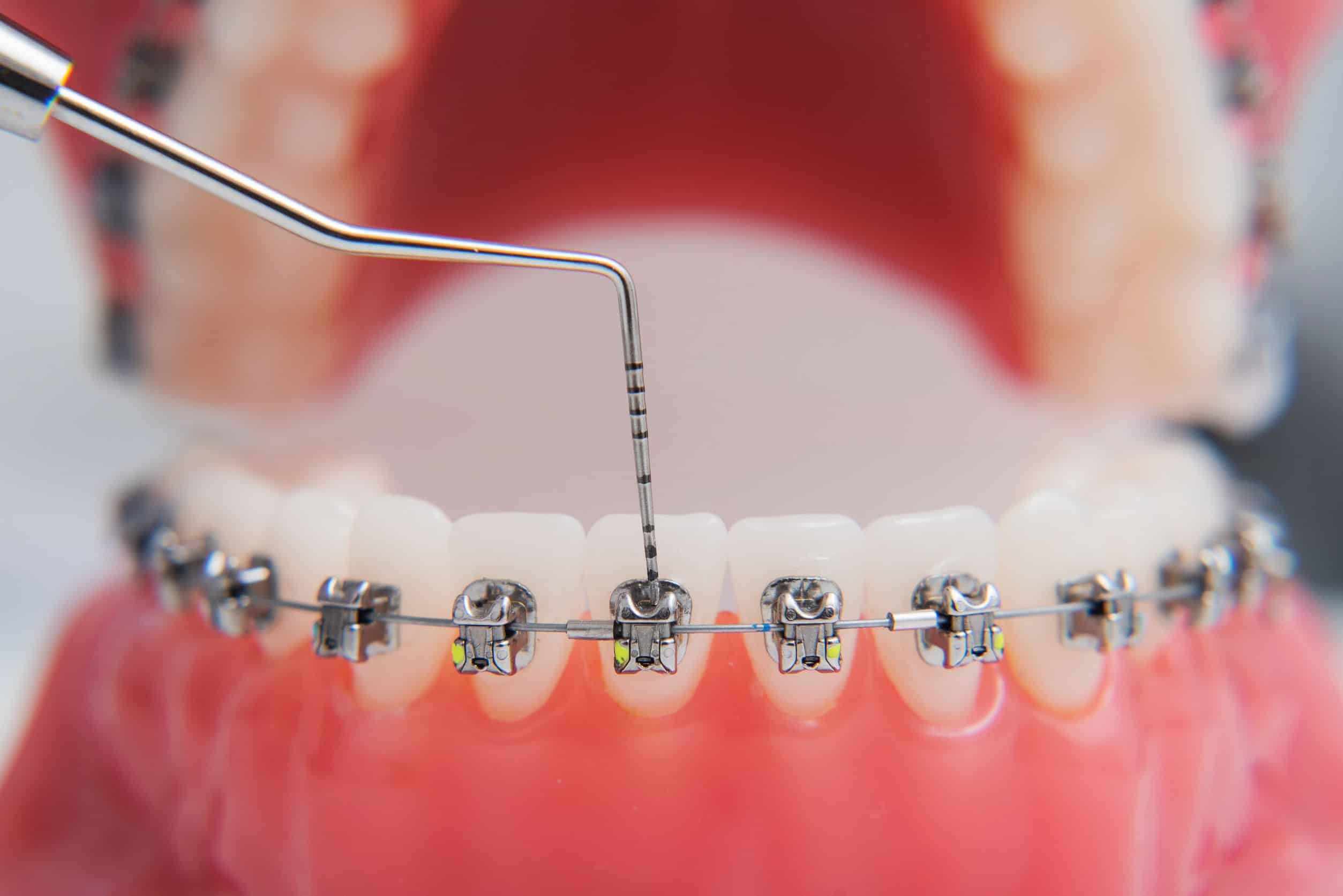Legacy Orthodontics for Dummies
Table of ContentsSome Of Legacy OrthodonticsThe Best Guide To Legacy OrthodonticsA Biased View of Legacy OrthodonticsSome Ideas on Legacy Orthodontics You Need To KnowThe Only Guide to Legacy Orthodontics
In addition, we offer flexible treatment routines, adaptable settlement options and an enjoyable, enjoyable experience.An orthodontist is a dental expert educated to detect, avoid, and treat teeth and jaw irregularities. They fix existing problems and are educated to identify troubles that may create in the future. Orthodontists deal with individuals of any ages, from kids to adults. People often associate a perfect smile with healthiness.
Malocclusion, or misaligned teeth, can result in dental issues, including dental caries, periodontal disease, and challenging or uncomfortable chewing. But not everyone is birthed with straight teeth. If you have a negative bite or big rooms between your teeth, you may wish to speak with a dental expert focusing on orthodontic treatment.
The smart Trick of Legacy Orthodontics That Nobody is Discussing
( Photo Credit Scores: DigitalVision/Getty Images) Orthodontists utilize fixed and detachable oral devices, like braces, retainers, and bands, to change the placement of teeth in your mouth. Orthodontic therapy is for oral problems, including: Jagged teethBite problems, like an overbite or an underbiteCrowded teeth or teeth that are as well much apartJaw misalignmentThe objective of orthodontic therapy is to boost your bite.
A healthy and balanced bite ensures you can eat, eat, and talk properly. While you might consider orthodontists as mainly for children or teenagers who need dental braces, they can deal with oral issues at any type of age. Orthodontists attend college, oral institution, and orthodontic institution. After graduation, they invest 2 or 3 years in an orthodontic residency program.
, however not all dentists are orthodontists. They focus on two areas: Just how to properly and securely relocate teeth Just how to effectively guide advancement in the teeth, jaw, and faceOnce an orthodontist has actually completed training, they have the choice to come to be board licensed.
The Main Principles Of Legacy Orthodontics
Imbalance, or malocclusion, is one of the most common factor people see an orthodontist. It is hereditary and is the result of size differences in between the upper and reduced jaw or in between the jaw and teeth. Malocclusion leads to tooth overcrowding, a misshapen jaw, or uneven bite patterns. Malocclusion is usually treated with: Your orthodontist connects metal, ceramic, or plastic square bonds to your teeth.
If you have just small malocclusion, you may have the ability to utilize clear dental braces, called aligners, as opposed to conventional braces (https://pinshape.com/users/6444811-legacyortho#prints-tab-open). Some individuals need a headwear to assist relocate teeth into line with pressure from outside the mouth. After braces or aligners, you'll need to wear a retainer. A retainer is a custom-made gadget that keeps your teeth in location.
They can develop added space in the mouth without having to pull teeth. Orthodontists utilize wires, surgical screws, or plates to support your jaw bone.
You might require to see an orthodontist if you have: Crowding or not adequate space for all of your teethOverbite, when your upper teeth come over your bottom teethUnderbite, when your base teeth are as well much forwardSpacing or concerns with gapsCrossbite, which is when your upper teeth fit behind your bottom teeth when your mouth is closedOpen bite or a vertical gap in between your front bottom and upper teethMisplaced midline, when the center of your bottom and upper teeth do not align Dealing with an oral malocclusion can: Make biting, eating, and speaking easierImprove the balance of our face and your total appearanceEase discomfort from temporomandibular joint problemsDifferent your teeth and make them less complicated to clean up, assisting protect against dental cavity or tooth cavities It's often a dental expert who first notifications misaligned teeth throughout a routine examination.
Legacy Orthodontics for Dummies

During your very first orthodontic appointment, you'll likely have: A dental examPhotos taken of your face and smileDental X-raysPanoramic (360 degree) X-rays of your face and headImpressions to produce molds of your teethThese examinations will certainly help your orthodontist know how to wage your therapy. invisalign. An orthodontist is a dental professional that's had training to treat your teeth and jaw
Orthodontists might do surgical look at this website treatment, exams,X-rays,and more to aid you attain a much more comfortable, much healthier smile. An orthodontist is focused on your bite, so something like a damaged tooth would be dealt with by a dental expert. Orthodontists are dental practitioners but not all dental experts are orthodontists. Orthodontists are concentrated on your bite, or the way your teeth fit together, and the straightness of your teeth.
Ever questioned exactly how stars always appear to have flawlessly aligned teeth? The solution typically depends on the proficient hands of an orthodontist. What specifically does an orthodontist do? Orthodontists are oral experts that focus on fixing irregularities in the teeth and jaws. Their competence goes past just producing a lovely smile; it expands to boosting your total dental wellness and feature.
Everything about Legacy Orthodontics

, orthodontists have a diverse toolkit at their disposal. These reliable dental braces use a system of brackets adhered to the teeth and attached by cords.
Clear aligners, like Invisalign, are a preferred choice for people seeking an extra very discreet therapy option. These removable trays are custom-made to progressively move the teeth's position. Headwear might be used in combination with braces or aligners to apply added targeted forces, especially for fixing jaw inconsistencies. In cases of narrow jaws, palatal expanders can be made use of to produce area for proper tooth positioning.